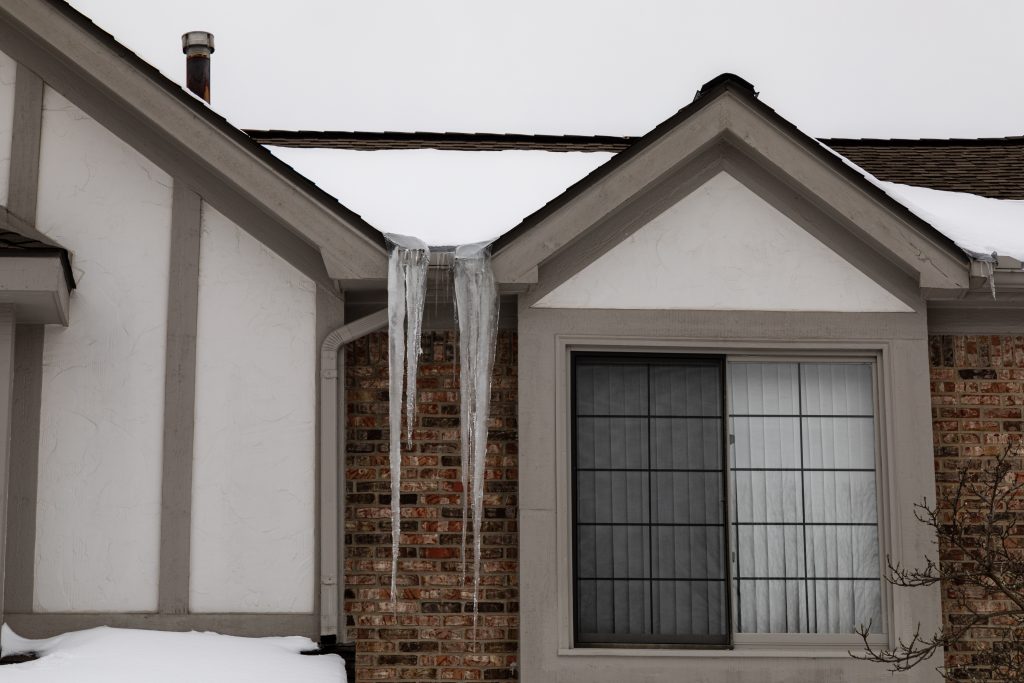Ideally, a roof is well-insulated so that temperatures are consistent across its surface. In freezing and subfreezing temperatures, escaping warmth can cause the upper reaches of a roof to thaw. Melted snow flows downward to encounter freezing temperatures lower on the roof—often near the edge—and refreezes. This forms a blockage or dam of ice that prevents more melting water from simply flowing off of the roof’s edge. Instead, the blocked water backs up behind the dam and leaks into the home’s interior to cause damage to ceilings, walls, floors, insulation and—given time—even structural framing elements.
“Efficient Ice Dam Removal: What to Expect During the Process”
Step 1: Remove heavy snow from the area surrounding the ice dam to prepare for the servicing process.
Step 2: Carefully chip away the ice along the eave of the roof, creating relief channels for dammed water to flow through while minimizing damage to the roof shingles.
Step 3: Scatter calcium chloride pellets in the affected area to dissipate remaining snow and prevent the newly created channels from refreezing as water drains from the roof deck. Avoid using rock salt, as it can harm asphalt shingles.
Step 4: Assess the home’s insulation and attic ventilation, as inadequate levels can contribute to ice dam formation. Consult a qualified contractor to rectify chronic ice damming issues.
Contact Rochester Custom Exteriors for a free in-home consultation if you are experiencing ice-related problems with your home.
bonus veren siteler deneme bonusu veren siteler casino siteleri deneme bonusu deneme bonusu veren siteler

 How To Know When To Replace Windows
How To Know When To Replace Windows